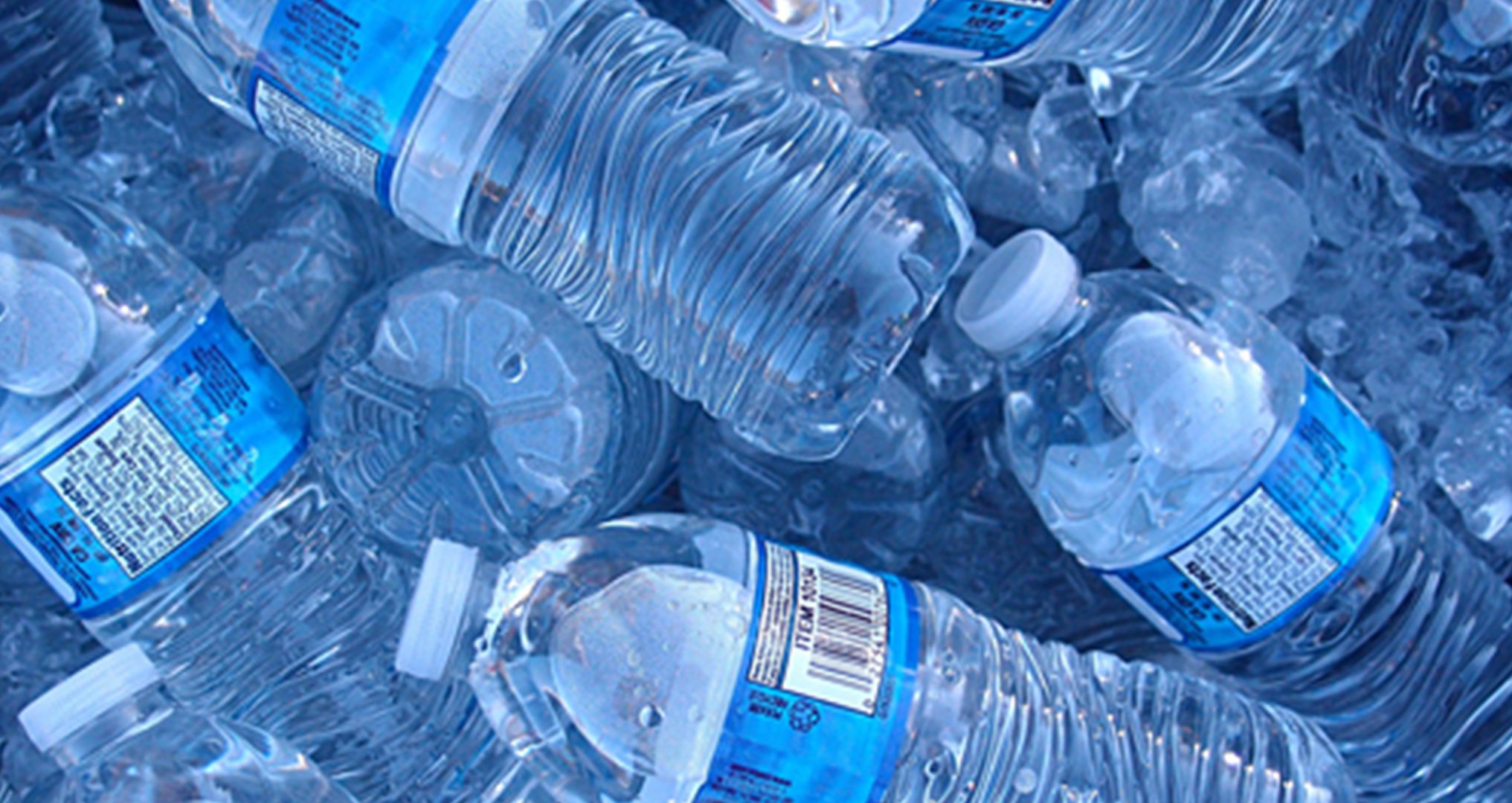Are you concerned about the impact plastic bottled water has had on the environment? How do we know if our tap water is pure, and what can we do to ensure it is free of contaminants? People filter their water for many reasons, but primarily it comes down to tho categories: filtering for taste and for purity.
- Glass Water Bottles
Glass water bottles tend to be the most inexpensive non-plastic alternative, but they are the easiest to break. The bonus of glass bottles is that they are easy to clean and sanitize. The downside is that they tend to be a little heavier. - Stainless Steel Water Bottles
Stainless steel water bottles are also an alternative to plastic. They are great for keeping beverages cold or hot. - Self-filtering Water Bottles
Some water bottles have self-contained filtration systems, but most of these tend to be in BPA-free plastics. - Carbon Filter
Carbon filters can remove larger particles from tap water and generally can improve water taste because they remove the chlorine that is often found in city water supplies, along with other sediment, tastes, odors, and violate organic compounds. - Reverse Osmosis
Like carbon filters, reverse osmosis can remove larger particles and chlorine, improving taste. It also removes smaller particles than carbon filters can, making it a more thorough method of filtration that can also remove salt (like from softened or treated water), lead, fluoride, iron, calcium, and every other mineral. - Whole House Water Filtration
There are several home water filtration systems that can provide different levels of purification. Reasons, why you might want to filter your tap water, including sensitivity to fluoride, which can be a special concern for people who have autoimmune disorders, thyroid problems, or different chemical sensitivities, or they have a small child. - Infrared Filters
Infrared filtration systems reportedly use ultraviolet light to destroy bacteria and viruses, as well as to reduce chlorine and lead contaminants. This filtration system works at the point of entry for cold water lines, meaning no dedicated faucet is required.

